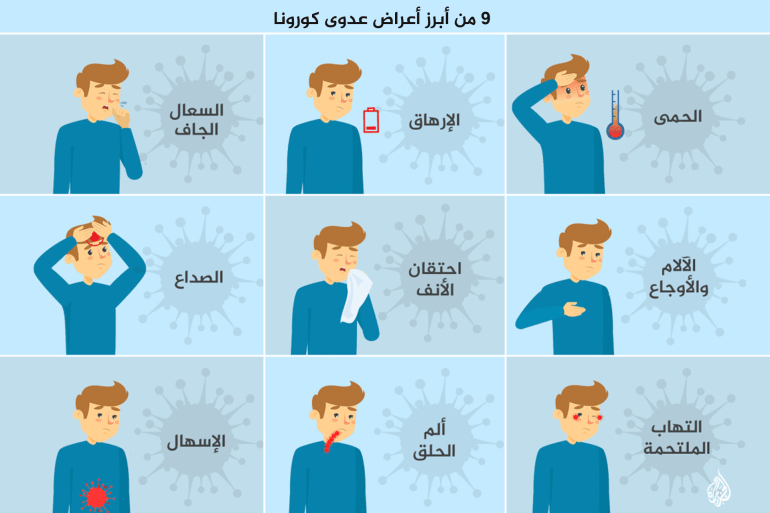What is a medical bubble?
How do you prepare it with your family and friends?
What is its use?
How many people are there?
The answers are in this report.
And we start with the definition of the (COVID Bubble), as according to Dr. Abdul Latif Al Khal, Head of the National Strategy Group for Addressing COVID-19, Head of the Infectious Diseases Department at Hamad Medical Corporation in Qatar, the bubble system is a group that meets frequently and with a limited number that does not mix With members of other families as possible, as well as at the level of friends who meet frequently, so that their number remains limited and stable without mixing with others.
One way to increase the number of people you will interact with is to create a small network of trusted friends or relatives, known as the social bubble, who agree to commit to a common group, according to what Dr. Juan Proudente writes on Hackensack Meridian Health. One of the rules is to try to keep everyone safe from COVID-19.
Dr..
Abdul Latif Al-Khal: With the approaching month of Ramadan, we must do everything we can to control the virus, hoping that it will contribute to easing restrictions during the holy month #Qatar TV pic.twitter.com/ojoL3ccbW0
- Qatar TV (@QatarTelevision) March 24, 2021
Creating a social bubble can help you increase the number of people you feel comfortable interacting with.
He added that research has proven that social bubbles help slow the spread of Covid-19, because they limit the number of people with whom you interact.
How many people are in the bubble?
Many experts suggest putting an end to the bubble at about 10 people, as it may consist of 2 or 3 families.
If you are thinking of creating a bubble with friends or family, have lengthy conversations to see if you match well, it is beneficial to live close to each other, have similar habits and lives and share the same risks of COVID-19.
Right for your bubble?
These are good questions to ask potential Bubble Fellows:
Does everyone in your household stay 6 feet away from others?
Does everyone wear masks in public places?
Will everyone limit the personal social interactions of the people inside our bubble?
Will everyone abide by any rules we jointly agree on?
Next, talk about your lifestyle habits that will help you see if everyone is compatible.
For example, does your groceries get home or go to the market?
Do you change your clothes and take a shower after going to the store or the office?
It is also important to know which members of the bubble will go to work or school, in exchange for work or education at home.
People may feel more comfortable if everyone - or no one - goes to work or school.
Finally, define basic rules that everyone will be comfortable with, such as:
Is touching or hugging okay?
Is meeting people outdoors (6 feet away) a good thing if they're not in the bubble?
What to do if someone takes a leave and needs to be quarantined upon return?
What to do if someone gets sick inside the bubble?
How does your social bubble start?
Once you have decided on the rules, consider spending two weeks to make sure everyone follows them.
Then, upon confirmation of application and commitment, you can start with the group.
How do you behave when you are out of your bubble?
It is important to distance yourself from others when you are outside.
Stay 6 feet away from people outside of your bubble.
Wear a mask over your nose and mouth.
Wash your hands frequently or use hand sanitizer.
Follow group rules about shopping and seeing friends.

